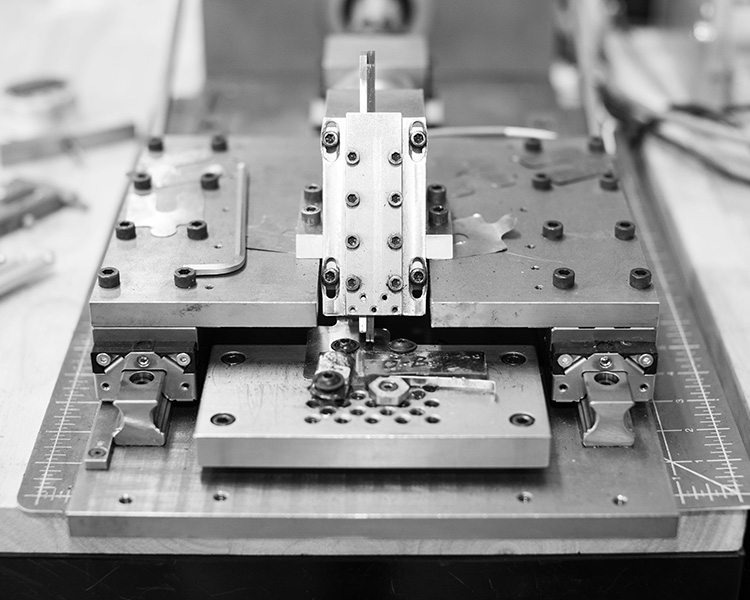From There to Here: How to Design for Market-Ready Innovation

The keys to MMT’s success in designing, prototyping, and producing a market-ready Hardness, Strength, and Ductility (HSD) tester rely on focusing on iterative prototyping, customer feedback, expert review, and using the Minimum Viable Product (MVP) principle. These guiding concepts were key to mastering production pivots and ultimately creating a customer-centric, user-friendly product.
Broadly, design follows a generally well-recognized process. After defining the need, creating the concept, and accepting the risk of product development, the next phase can make or break a product: testing and feedback.
Testing and Feedback (aka Surviving Trial and Error)
Within this phase, the product may dramatically evolve from a proof-of-concept prototype to a powerful unit with valuable applications. As MMT’s HSD test was entering this phase, the unit had survived prototyping and had received funding for additional R&D. MMT refocused its mindset to true design for real use. To achieve that goal, the testing and feedback process included using Minimum Viable Products (MVPs), iterative prototyping, and customer feedback and expert review.
Minimum Viable Product
An important concept in MMT’s testing and feedback period was the principle of a Minimum Viable Product.
“The version of a new product which allows a team to collect the maximum amount of validated learning about the customers with the least amount of effort.” -Eric Ries”
Iterative Prototyping
MMT approached each version of the MVP with a specific perspective: fail fast, learn fast. This approach led to iterative prototyping that started with creating multiple working designs, developing and evaluating, iterating the design, then ultimately finalizing the design. The short design cycles became an asset, as it maximized learning and growth.
Collective Feedback
Customer feedback was the essential next step to evaluating the iterations of the prototype. This feedback drove the next iteration’s development objectives. The main challenges were prioritizing the right feedback and forgoing the wrong feedback. “Don’t fix what isn’t broken” may be a cliche, but in product design, it’s an absolute.
Expert Review
Feedback from customers was not the only valuable metric by which to judge the progress of the prototypes. Review and consultations with experts became essential to setting the objectives of each of the design modifications.
When maximum learning and failing forward are not the focus of the design process, the product becomes less and less customer-centric. It relies on the wrong advice, and it loses the opportunity to make significant progress in perfecting value-adding features.
However, when the MVP is top of mind, and the right feedback is prioritized, the realities can exceed expectations, and a product can transform to a valuable asset for the end user. The market-ready HSD 8000—leagues ahead of its original prototype. Today, it is a portable technology that provides accurate in-situ material verification data, validated by PRCI and reviewed by PHMSA for mega rule compliance. Having a design process rooted in excellence and based on customer feedback guided MMT through product development and on to new heights in the industry.
